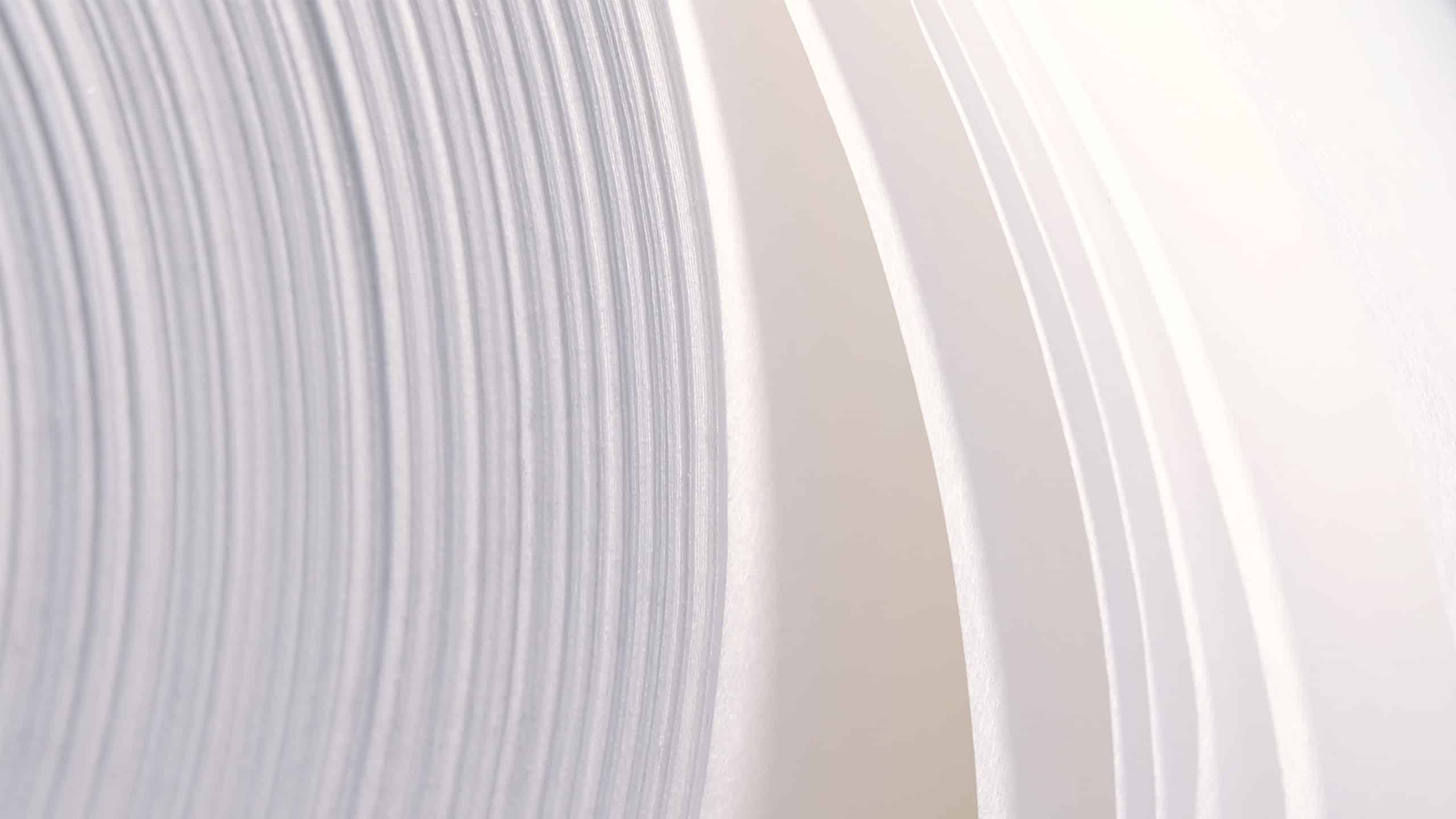Can Paptic® materials replace plastics in hygiene products?

Understanding Paptic® and its unique properties
Paptic® materials represent a groundbreaking innovation in the realm of sustainable packaging solutions. These materials are distinguished by their unique fibre-based composition that blends the beneficial characteristics of paper, plastic, and textiles. Such innovative designs are pivotal in advancing sustainable practices in the paper industry. Paptic® materials offer a versatile alternative to plastics, especially in applications where durability and flexibility are crucial.
The primary components of Paptic® are renewable wood fibres, which give the material its distinctive properties. By integrating the softness and flexibility akin to textiles with the robustness of plastic and the recyclability of paper, Paptic® materials offer a comprehensive solution for reducing plastic waste. This makes them particularly suitable for hygiene packaging, where both environmental considerations and material performance are critical. The tactile experience provided by Paptic® also enhances consumer interaction, offering a feel that sets products apart on the shelves.
Advantages of Paptic® over plastics
One of the most significant advantages of Paptic® materials over traditional plastics is their environmental benefits. Unlike conventional plastics, Paptic® materials are widely recyclable, supporting the principles of a circular economy, as highlighted by the European Environment Agency. This recyclability means that Paptic® can be reintroduced into the production cycle, reducing waste and conserving natural resources.
Challenges and limitations
Despite the numerous benefits, replacing plastics with Paptic® materials in the hygiene industry is not without challenges. One potential hurdle is the technical adaptation required for manufacturers to switch from plastic to fibre-based materials. While Paptic® can often be integrated into existing production lines, some adjustments may still be necessary to accommodate its unique properties.
Future prospects for Paptic® in the hygiene sector
The future of Paptic® materials in the hygiene sector appears promising, driven by a growing global emphasis on sustainability and environmental responsibility. Innovations in material science could further enhance the performance and applicability of Paptic® in hygiene packaging, making it even more competitive against conventional plastics.
Market trends indicate a shift towards more sustainable consumer preferences, which could accelerate the adoption of Paptic® materials. As consumers become more aware of the environmental impact of their purchasing choices, the demand for recyclable materials in hygiene products is likely to increase. This consumer demand, combined with potential regulatory incentives for sustainable practices, could significantly propel the integration of Paptic® into the hygiene sector, offering a viable path towards reducing plastic waste and promoting a circular economy.
